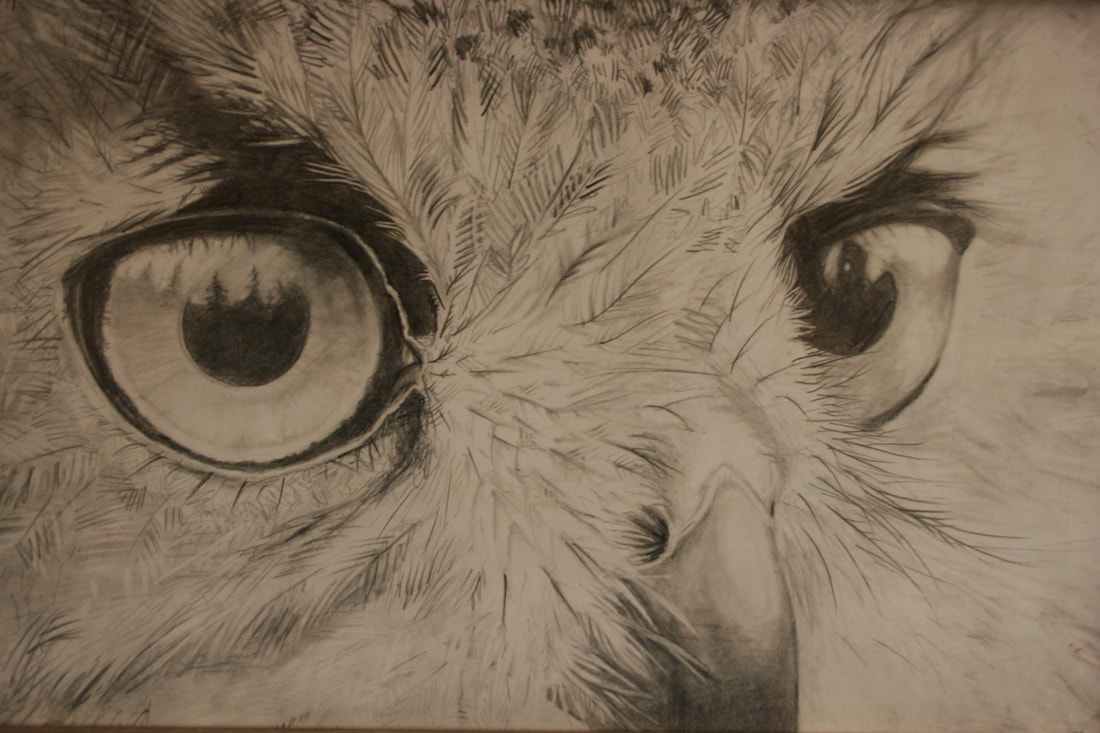|
By Janelle Eklund
I love this time of year when the birds are arriving and their songs fill the air. Robin perches in the top of the tree voicing its readiness for nest building. Swans arrived the last week of March, gracing the skies and looking for places to land on frozen lakes and ponds. Their early arrival mimicking the warmness of the month. Another non-bird unwelcome winged creature lumbered out at the same time in a drunken state attempting to pick at bare skin with its mosquito probe. UGH! The journey of migrating birds is very long and must be exciting. I would like to hunker on their wings and experience the adventure. Think of the fields, mountains, hills, lakes, ponds and the glorious and challenging weather! In 2007 we took a trip on the Alaska State Ferry through the Aleutian Islands from Homer to Dutch Harbor. We learned many wonders about birds from the Naturalist, Adam M. Kent. He is the Bird Detective! Through our journey we learned: Six clues to bird identification. 1. Body size and shape - shape can change with attitude. 2. The birds’ bill - can be curved, straight, long or short. 3. Colors and patterns, i.e. hold a white egg under a light and put a red paper under it - it will look red. 4. Behavioral clues - how it acts. i.e. diving techniques, hovering, etc. 5. Making sounds - direction it is facing. 6. Location: habitat and range. Bird migrations go on throughout the year. For example male Harlequin Ducks migrate first in the spring and the females follow a little later. By mid June they start heading south. For some birds it's better to migrate during the cooler temperatures of night because hot air thermals are hard to navigate. Bald Eagles like to migrate during the day to catch the currents for maximum lift with their massive wings. It must be invigorating to go from one area of air uplift to another! There are also different types of migration. Rock Ptarmigan and Spruce Grouse move in partial migration going up and down in elevation. Spruce grouse will do a reverse migration, going up in elevation to pick buds off trees while standing on the snow. Hawk Owls follow their prey, termed irruptive migration. White winged crossbills follow crops. Eagles follow salmon. Albatross go all over. Birds migrate for several reasons - to take advantage of habitat and food; to the feeding benefits of more daylight, as in the far north; to move where there are fewer predators. Like some of us, migrating birds will cache food in the summer and go back in the winter when it's more difficult to find food and survive on its nutrients. Birds’ brains are equipped with their own special magnet so they know where they are going. Starlight, sounds (such as waves), and smells also help them navigate. Birds are fascinating and intelligent creatures. To learn more check out the book, 'Living on the Wind Across the Hemisphere with Migrating Birds' by Scott Weidensaul "At whatever moment you read these words, day or night, there are birds aloft in the skies of the western hemisphere, migrating." -Scott Weidensaul From my light to yours-
0 Comments
Leave a Reply. |
Who We AreWISEfriends are several writers connected with Wrangell Institute for Science and Environment, a nonprofit organization located in Alaska's Copper River Valley. Most of these articles originally appeared in our local newspaper, the Copper River Record. Archives
August 2021
Categories
All
|
|
WISE is a
501(c)3 nonprofit organization |
Contact Us |


 RSS Feed
RSS Feed
